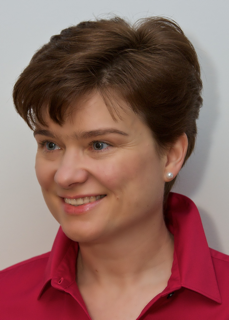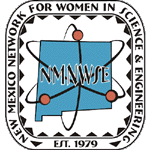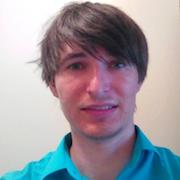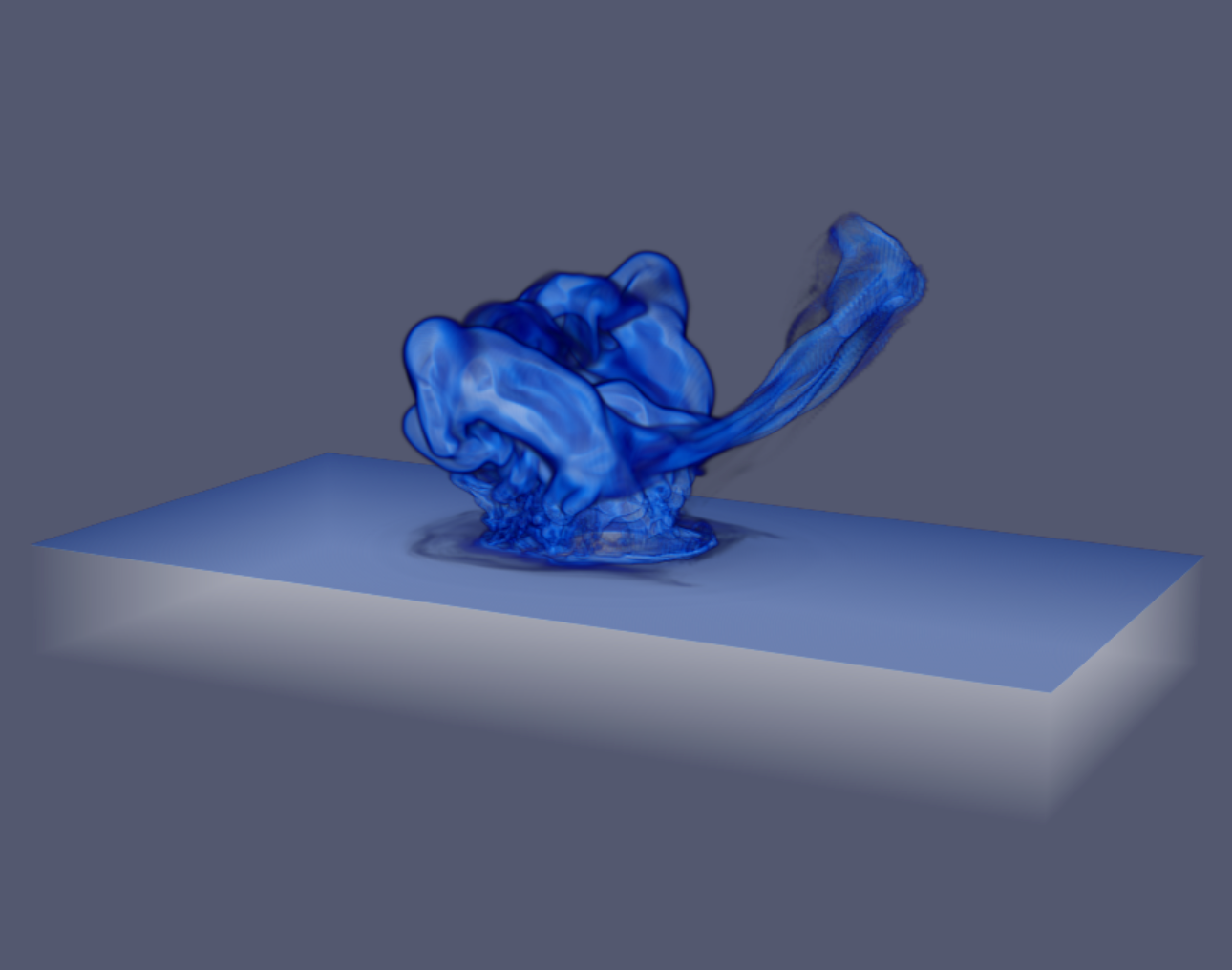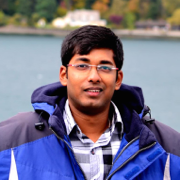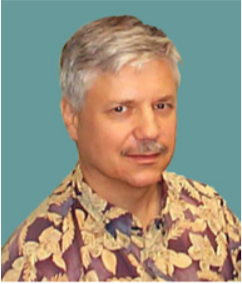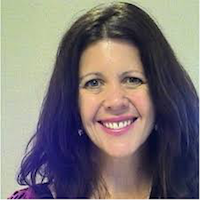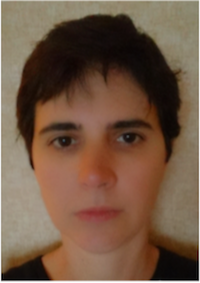Timeline
Kate Keahey is one of the pioneers of infrastructure cloud computing. She created the Nimbus project, recognized as the first open source Infrastructure-as-a-Service implementation, and continues to work on research aligning cloud computing concepts with the needs of scientific data centers and applications. To facilitate such research for the community at large, Kate leads the Chameleon project, providing a deeply reconfigurable, large-scale, and open experimental platform for Computer Science research. To foster the recognition of contributions to science made by software projects, Kate co-founded and serves as co-Editor-in-Chief of the SoftwareX journal, a new format designed to publish software contributions. Kate is a Scientist at Argonne National Laboratory and a Senior Fellow at the Computation Institute at the University of Chicago.
Divya Banesh, Anne Berres, Roxana Bujack and Garrett Aldrich of the Data Science at Scale team helped students build electromagnetic motors as part of the 2017 Expanding Your Horizons Technical Career Workshops for Young Women in Santa Fe. [gallery ids="26715,26714,26713,26712,26711,26710,26709,26708,26707,26706,26705,26704,26703,26702,26701,26700"]
Christopher M. Biwer is a Ph.D. candidate in the Physics Department at Syracuse University. He has been an active member of the Laser Interferometer Gravitational-wave Observatory (LIGO) collaboration since 2012 and his dissertation is focused on searching for gravitational waves from merging black holes. He is one of the primary developers of the search for compact-object mergers that detected two binary black hole mergers in Advanced LIGO's first observing run. He has also developed a toolkit for estimating the model parameters of binary neutron star and black hole mergers signals. This parameter estimation toolkit is being used to understand the possible astrophysical implications of future Advanced LIGO detections. During 2015 and 2016, he was a LIGO Fellow at the LIGO-Hanford Observatory where he developed the automation software for simulating the detectors' response to astrophysical signals. This system is now used for data quality investigations. Chris holds a B.S. in Applied Mathematics and Physics from the University of Wisconsin-Milwaukee.
Ayan joined the Data Science at Scale team as a postdoctoral researcher on January 9, 2017. He received his Ph.D. in Computer Graphics and Visualization from The Ohio State University in December 2016 and has been a summer intern since 2013. He has worked with flow field data and particle tracing using streamlines and stream surfaces and on time-varying multivariate data exploration and using information theory to provide some insights into data. He is also working with turbulent flow structures and vortex visualization for the unstable time-varying complex flows.
Rob Fowler is Director of High Performance Computing at the Renaissance Computing Institute, part of UNC, in Chapel Hill. While at RENCI he has held adjunct professorships in Computer Science at UNC, Duke, and Rice. Prior to UNC he was at the Center for High Performance Software Research at Rice University. He also held positions at the University of Washington, University of Rochester, and the University of Copenhagen. His education includes an A.B. in Physics from Harvard (1971) and M.S. (1981) and Ph.D. (1985) degrees from the University of Washington. His research interests span the area of high performance distributed and parallel computing. Specific interests include compilers and programming environments, architectures, operating systems, performance evaluation, and simulation. Flyer
Laura McNamara has spent the past 18 years in the Department of Energy’s national laboratory system as an anthropologist working in contextual design and evaluation for national security technology systems. She wrote her dissertation about knowledge loss in the post-Cold War nuclear weapons programs at Los Alamos, then spent a couple of happy years as a staff member at LANL’s Statistical Sciences group before accepting a position at Sandia National Laboratories in 2003. These days, most of her work deals with the design and evaluation of human-information interaction systems across a wide range of domains, from cybersecurity forensics to synthetic aperture radar (SAR) operational interfaces. At Sandia, she gets to work in a wide range of technical areas, from software design and evaluation, visual cognition and human-information interaction; mostly within Sandia’s Airborne Intelligence, Surveillance and Reconnaissance (ISR) research community. She holds a Ph.D. in Anthropology from the University of New Mexico. Flyer
Data scientists from LANL won the Best Visualizaiton and Data Analytics Showcase award at Supercomputing 2016 for their video detailing the science and high performance computing (HPC) behind the study of asteroid impacts in the ocean. The award-winning team included scientists from LANL’s Data Science at Scale team (John Patchett, Boonthanome Nouanesengsy, Karen Tsai and David Rogers), LANL’s Integrated Design & Assessment group (Galen Gisler), and UT-Austin (Francesca Samsel, Greg Abram and Terece Turton). They analyzed and visualized large scientific data from a simulation of asteroid ocean impacts, in order to better understand the threats they pose. The LANL Data Science at Scale Team won this award at Supercomputing 2015 last year as well. Their work is summarized in a paper and video. John Patchett is shown here presenting their work at Supercomputing 2016 in Salt Lake City. https://youtu.be/yeXcgnj8AG0
John Patchett discussed in situ visualization in the KitWare booth at SC16.
After a PhD in computer graphics, Claire Guilbaud has been working for CEA for 13 years as researcher-engineer. First, she developed a software to extract and process time data from large simulations. Since 5 years, she is the lead developer of the visualization software Love. Flyer
